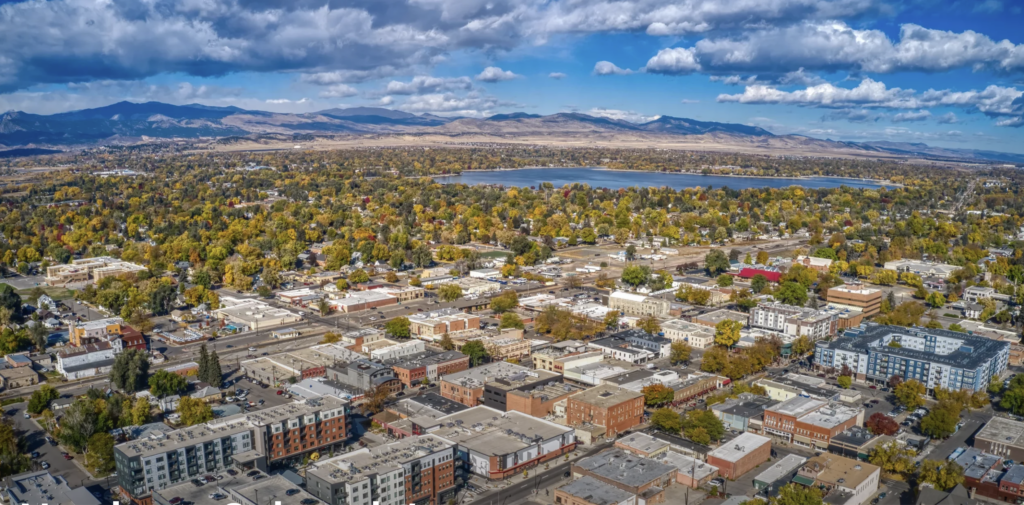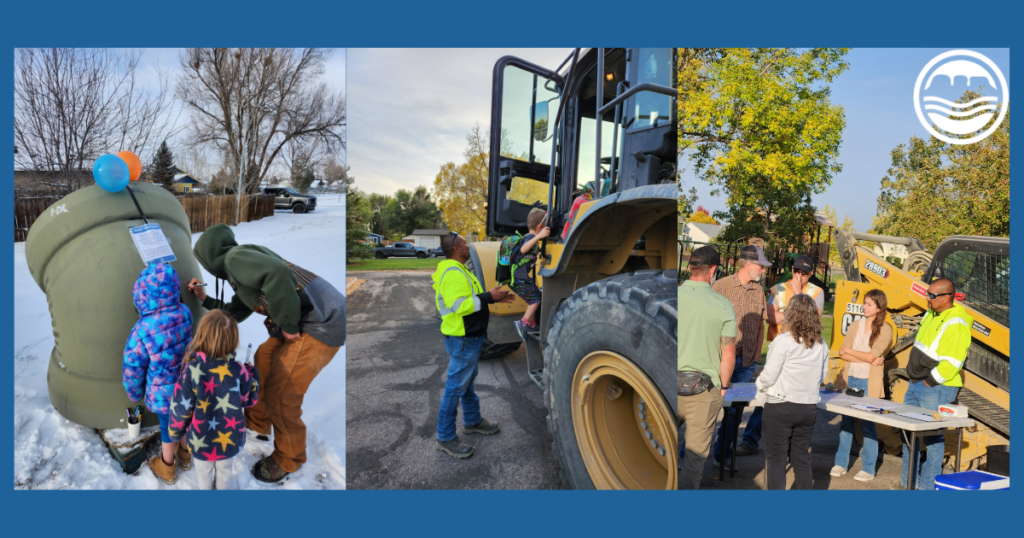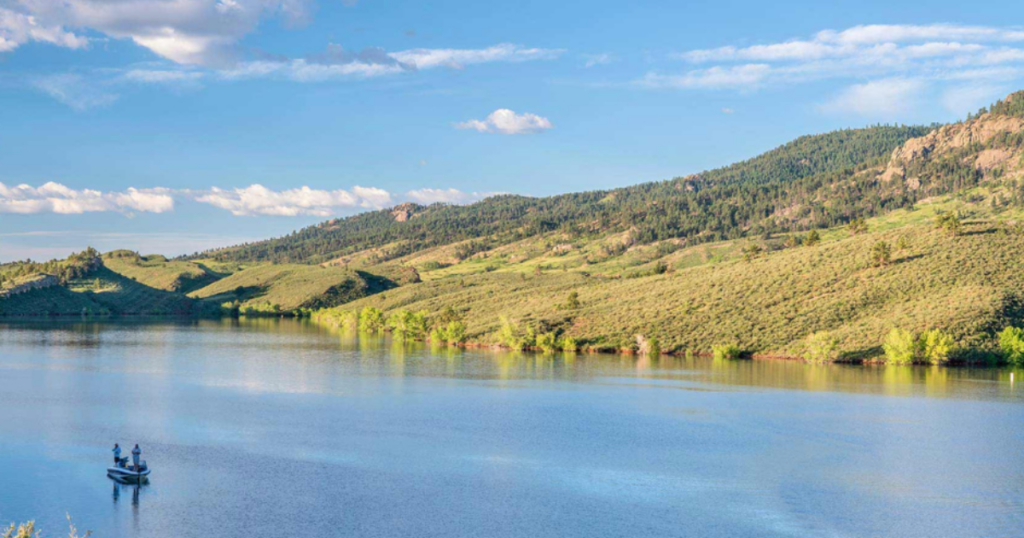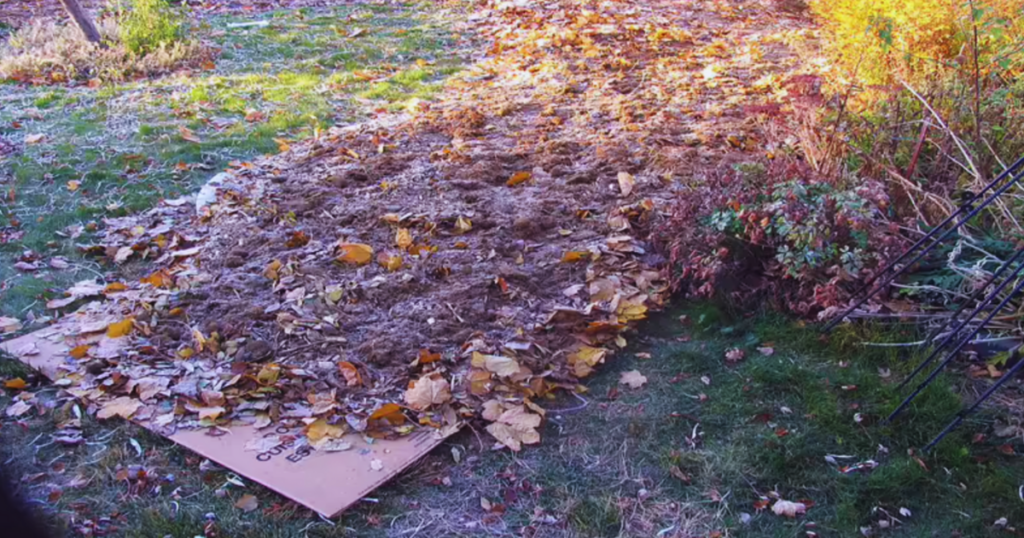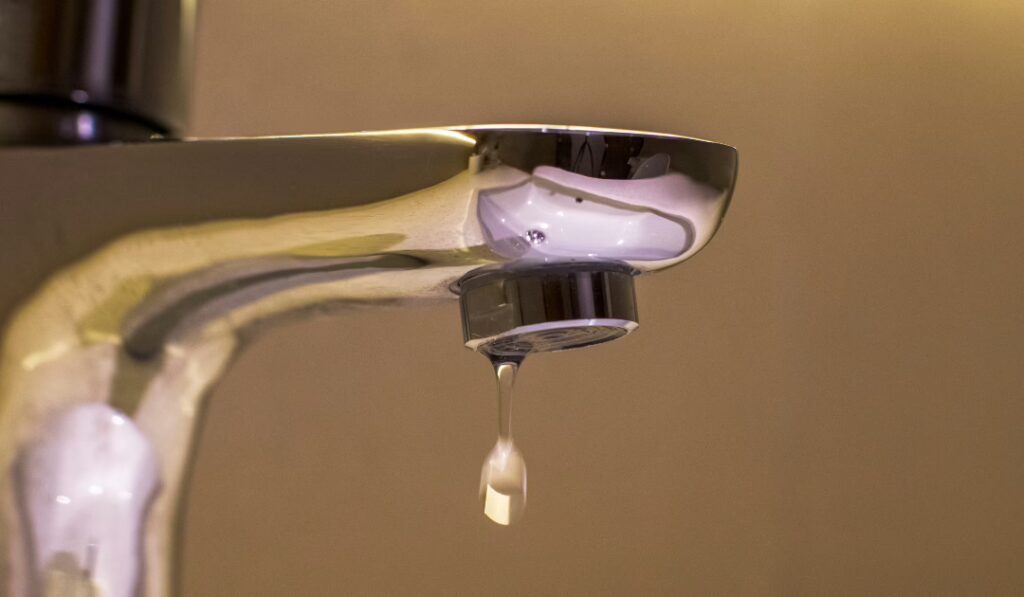You can’t live in Colorado long before you start hearing people talk about our snow. From words like powder, crud, crust, freshies, and white out, we think about outdoor sports and of course the much-anticipated call from school districts when it looks like a possible SNOW DAY! But another thing many Colorado residents pay careful attention to when it comes to snow is our annual snowpack. The amount of white stuff above us in our mountains plays a big role in our life down here on the Front Range.
What is snowpack?
Simply put, snowpack is snow that has fallen on the ground and does not melt for many months due to below-freezing temperatures at higher elevations. Our Colorado snowpack accumulates in our mountains throughout the winter and early spring months then will melt, run down from the mountains and recharge springs and reservoirs in the late spring and summer.
Melting snow and runoff from the Rocky Mountains are the main contributors to Colorado’s water supply, meaning it’s really important for water providers to pay close attention to. This holds true for Fort Collins-Loveland Water District, as the primary provider of our water is the snowpack from the upper Colorado River Basin, delivered from Lake Granby through the Colorado-Big Thompson Project (C-BT) to Horsetooth Reservoir, where it waits to be treated and delivered to our customers.
How is snowpack measured?
Snowpack is monitored beginning in November, with March and April typically being the largest contributing months. Measuring the snow itself is a relatively straightforward process, the National Water and Climate Center administers three monitoring programs to measure snowpack. Forecasting how much water we’ll receive from snowpack, however, is a combination of art and science. Generally speaking, ten inches of snow translates to approximately one inch of water. To get a more accurate prediction, snowpack is measured using both a statistical and physical method.
If snowpack science is something you’d like to become more familiar with, there are a host of sites out there dedicated to the topic, and you can get lost in the drifts of data (see what we did there?). Karl Rittger is a research associate at the Institute of Arctic and Alpine Research and analyzes all kinds of data on snow and then brings the data to the public through his “Snow Today” website. The site is part of the National Snow and Ice Data Center through the University of Colorado Boulder. His website offers tools to look at snow in ways people don’t usually think about.
Why is snowpack important to FCLWD?
If you are a regular FCLWD blog reader, you remember that in our January issue, we talked a lot about the C-BT project and how important the month of April is for those of us who rely on water from our Rocky Mountains. April announcements from our local experts tell us how much water we will see flowing from snowpack down into Horsetooth Reservoir for our Northern Front Range communities to use all year long so this month is anxiously anticipated in the water industry.
To really understand why snowpack is so important to FCLWD, we chatted with snowpack and water resource experts Jan Sitterson and Scott Dickmeyer at Tri-Districts Water Resources. Jan and Scott are both water resource engineers who are responsible for managing the day-to-day operations of getting raw water, such as runoff from snowpack, to the Soldier Canyon Filter Plant (where FCLWD’s water is treated) in an efficient way. A big piece of that is to manage FCLWD’s water portfolio, water supply acquisition and drought planning, all of which are impacted by snowpack.
“Snowpack is a big part of our day-to-day as well as our long-term planning for FCLWD,” says Scott. “Snowpack and stream flow predictions help water providers forecast how much water will be available to them in the coming year and if they can potentially rent excess water to agriculture. It also helps water providers identify if they need to make any changes to operations or conservation efforts.”
But the actual level of snowpack in the mountains isn’t the only factor at play, there are also weather and runoff factors to consider. “It’s important that we understand the current snowpack levels and also weather predictions for the summer as both will impact the runoff season,” says Jan. “Weather not only impacts how quickly the snow will melt and therefore how long the runoff season will last, but it also impacts user behavior. With warmer weather often comes increased water usage through irrigation. A shorter runoff season combined with increased demand means that water providers need to plan to tap into water storage sooner.”
Jan also notes that they continue to keep an eye on the impact of Colorado’s forest fires on runoff and raw water quality. Even last year, the effects of the Cameron Peak Fire were still seen in water quality when it came to snowpack runoff. Fortunately, Jan says we can expect to see less of an impact this year due to time and the environment adjusting.
What is the snowpack outlook this year?
The good news is that snowpack is above average in the Poudre River Basin and the Upper River Basin, the two primary sources of water for FCLWD. As of March 21, the USDA reports that snowpack statewide is at 139% of median.
What does this mean for FCLWD and our summer ahead? Scott and Jan say things are looking good and customers have nothing to worry about.
“FCLWD has a robust water supply portfolio due to a combination of solid past decisions by the staff and board of directors as well as extensive future planning,” says Scott. “A strong portfolio combined with above-average snowpack gives us a high level of confidence that we will have ample water supplies this year.”
But that’s not to say that we shouldn’t make smart water choices. Water is still a limited resource, especially in Colorado, and it’s important that we start good conservation habits today for a stronger tomorrow. We encourage customers to look into ongoing conservation efforts as well as some of the programs available through FCLWD such as annual Sprinkler Checkups (available June through September) and our Rachio Smart Sprinkler Controller discount program, both of which are great ways to reduce the largest culprit of increased water usage: outdoor irrigation.
So, welcome to April – undoubtedly the most anticipated month for Colorado’s water enthusiasts, experts and technicians. Because water is inherently a fluid matter, and FCLWD values transparency, we’ve created spaces like this blog, our website and our Facebook page to keep you informed on what Colorado’s evolving water levels and issues mean for you. So, please stay tuned here and online as we’ll continue to provide updated and current information.
 Skip to content
Skip to content
